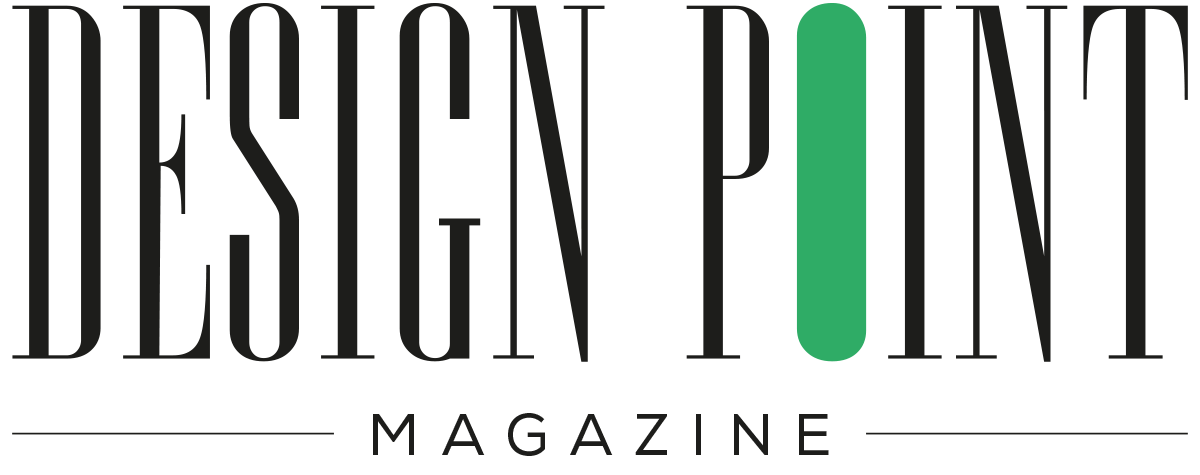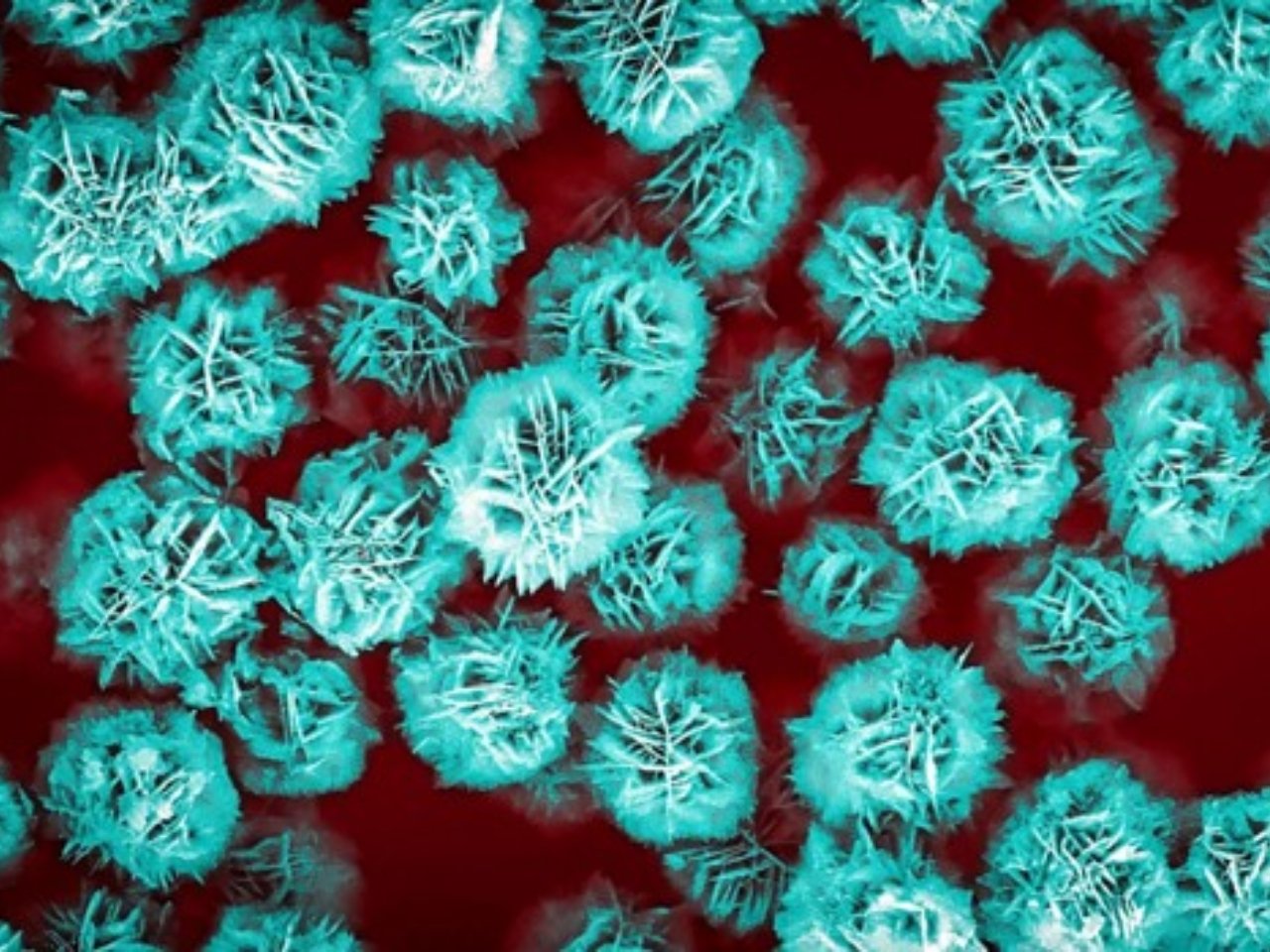Medical science constantly seeks innovation, but the most profound breakthroughs often come from the intersection of technology and design. Nanoflowers are one such example, where function and form converge to create an elegant yet powerful tool in wound care and antibiotic treatment. Their intricate structure enhances drug delivery, combats antibiotic resistance, and accelerates healing more effectively than traditional antibiotics and treatments. While nanotechnology has long been a driving force in medicine, the introduction of nanoflowers brings a new level of bio-inspired design thinking that aligns with Yanko Design’s vision of intelligent, purposeful aesthetics.
What Are Nanoflowers and Their Natural Components?
Nanoflowers are tiny, flower-shaped structures made from metal oxides or a combination of materials. They are created through chemical processes such as hydrothermal reactions, which allow them to form their intricate, petal-like designs at the nanoscale.
This nanoflower enhances electrospun nanofiber bandages by providing antioxidant, antibacterial, and antibiofilm properties, improving wound healing and infection resistance.
Adapted from ACS Applied Bio Materials 2025, DOI: 10.1021/acsabm.4c00788
In wound care, nanoflowers play a crucial role in breaking down harmful substances that slow healing. Their unique shape provides a large surface area, which helps them deliver medicine more effectively. This means they can carry drugs to the exact location where they are needed, ensuring better absorption and treatment.
The petal-like structure of nanoflowers also helps them attach more securely to infection sites. This allows the medication to stay in place longer, making them more effective than traditional treatments in fighting bacteria and promoting faster healing.
Natural Components Used in Nanoflower Synthesis
Nanoflowers can be synthesized using a variety of natural components, ensuring biocompatibility and environmental sustainability:
Plant Extracts: Certain plants help create nanoflowers in an eco-friendly way. These include neem (Azadirachta indica), wild hop (Dodonaea angustifolia), mother of thousands (Kalanchoe daigremontiana), holy basil (Ocimum sanctum), and Indian rennet (Withania coagulans).
Enzymes: Scientists use natural enzymes like α-amylase to help form ZnO nanoflowers, making them more stable and effective in medical treatments.
Amino Acids: Natural amino acids interact with metal ions, such as copper, forming hybrid organic-inorganic nanoflowers with enhanced structural integrity.
Proteins: When combined with inorganic components like copper ions, proteins contribute to the stability and enzymatic activity of nanoflowers, making them ideal for biomedical applications.
Microbes: Microbes can also help create nanoflowers in a way that is good for the environment. This natural process mimics how nature efficiently builds structures, making it a smart and sustainable method for production.
Nanoflowers self-assemble through a bottom-up design process, similar to how architects and product designers refine materials and form to achieve functional efficiency. The synergy between inorganic and organic components creates an intricate framework that enhances their effectiveness, a principle often seen in contemporary industrial design where material choice directly impacts functionality. This self-assembling capability also mirrors the philosophy behind modular design—elements that can adapt, optimize, and scale based on need.
How Nanoflowers Help Wounds Heal Faster
Nanoflowers are being researched for their potential applications in treating chronic wounds, such as diabetic ulcers, where traditional treatments struggle to achieve consistent healing. These nanostructures improve wound care through multiple mechanisms:
Antibacterial Properties: Nanoflowers, particularly those made from tannic acid and copper(II) phosphate, demonstrate strong antibacterial activity against a broad spectrum of bacteria, including E. coli, Pseudomonas aeruginosa, and Staphylococcus aureus. Bacterial infections often complicate the healing process, making these properties crucial in wound care.
ROS Scavenging and Oxidative Stress Reduction: Excessive reactive oxygen species (ROS) in wounds can delay healing. MnO2-Au nanoflowers have shown superior catalytic activity in decomposing hydrogen peroxide, reducing oxidative stress, and creating a healthier wound environment.
Healing Diabetic Wounds with Nanoflowers
Gold-coated MnO₂ nanoflowers help heal diabetic wounds by reducing harmful molecules (ROS), improving oxygen levels, and supporting skin cell growth for faster recovery.
Tissue Regeneration: These nanoflowers enhance dermal fibroblast migration and collagen expression, accelerating wound closure and improving tissue quality.
Anti-inflammatory Properties: The anti-inflammatory effects of nanoflowers, particularly those composed of tannic acid and copper(II) phosphate, help reduce inflammation, which is a key factor in promoting healing.
Smart Drug Delivery Systems: Nanoflowers can be integrated into hydrogel-based wound dressings, allowing for controlled and sustained drug release at the wound site.
Biocompatibility and Cost-Effectiveness: Nanoflowers, particularly those made from natural compounds like tannic acid and copper(II) phosphate, are biocompatible and cost-effective, making them strong candidates for widespread clinical use in wound care.
Bringing Smart Material Science Into Medicine
Yanko Design frequently explores the future of smart materials in consumer products, but the same principles apply to medical advancements. The emergence of nanoflowers suggests a future where wound dressings and medical treatments integrate responsive design elements. Imagine a bandage embedded with nanoflowers that releases antibiotics only when bacterial activity is detected, similar to self-healing materials in consumer tech that repair minor damage without external intervention.
Material science has long played a role in wearable technology, from breathable fabrics to temperature-regulating textiles. The transition of these ideas into healthcare means nanoflowers could eventually be incorporated into flexible, biocompatible materials that seamlessly integrate into everyday life—turning treatment into an unobtrusive, natural process.
Future Directions in Nanoflower-Based Wound Healing
Researchers are exploring innovative ways to integrate nanoflowers into advanced medical applications:
Nanoflower-Coated Bandages: Scientists are investigating how bandages embedded with nanoflowers can enhance healing and prevent bacterial infections, including strains like E. coli.
Combination Therapies: Future studies may explore combining nanoflowers with nanofibers or lipid nanoparticles to create multifunctional wound care systems.
Personalized Medicine: The composition of nanoflowers can be tailored for patient-specific infections, ensuring targeted treatment with reduced side effects.
The Future of Nanotechnology and Medical Design
As nanotechnology advances, the lines between biology, material science, and design will continue to blur. In the same way, that cutting-edge product designs prioritize user experience, nanoflowers are shifting medical treatments toward more targeted, effective, and minimally invasive solutions. Their ability to function in harmony with biological systems hints at a future where healthcare tools are no longer separate interventions but integrated, intelligent elements of the body’s own healing process.
This evolution mirrors what Yanko Design has consistently highlighted—good design goes beyond aesthetics. It focuses on creating intuitive, efficient, and forward-thinking solutions. Whether in architecture, consumer electronics, or now, microscopic medical innovations, the principles remain the same: form must enhance function, and technology should work in harmony with nature.
Nanoflowers embody this philosophy, offering a glimpse into a future where medicine isn’t just about treatment—it’s designed for efficiency, sustainability, and seamless integration into daily life. Just as we appreciate the design of an exquisitely crafted object, it’s time to recognize the unseen beauty in medical advancements that harness intelligent design thinking at the molecular level.
The post Nanoflowers: A Blooming Revolution in Wound Care and Antibiotic Treatment Through Smart Design first appeared on Yanko Design.

